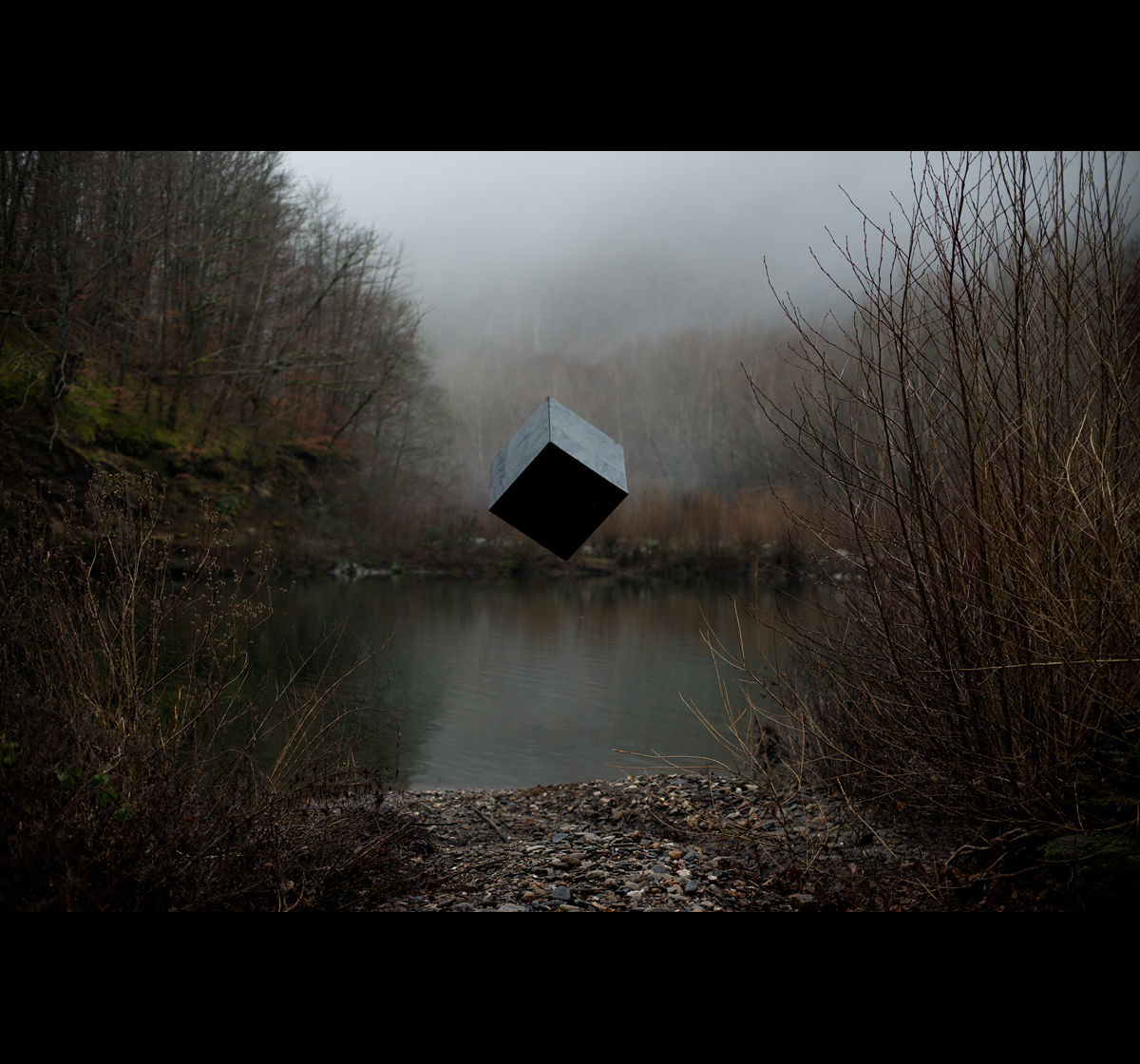Last Updated on 09/15/2017 by Joy Celine Asto
All images by Julien Coquentin. Used with Creative Commons Permission.
Childhood memories often serve as sources of inspiration for creatives, so it’s not surprising to find many compelling works driven by its nostalgic imagery. However, instead of presenting images of gentleness, innocence, and fondness for a time gone by, French photographer Julien Coquentin takes his viewers to what he calls The Dead Zone, which reimagines his childhood haunts.
Shot in the French countryside where he has been living since 2013, Julien chose quiet, moody, and empty corners to shoot The Dead Zone. Now on its second leg, the project is a totally different and slightly darker approach to documenting his childhood, as compared to his beautiful memoir entitled Black Seasons. If the latter shows his attempt to reconnect with the parts of his childhood that he holds dear, the former retraces the footsteps of his younger self, accompanied by a mysterious black cube.
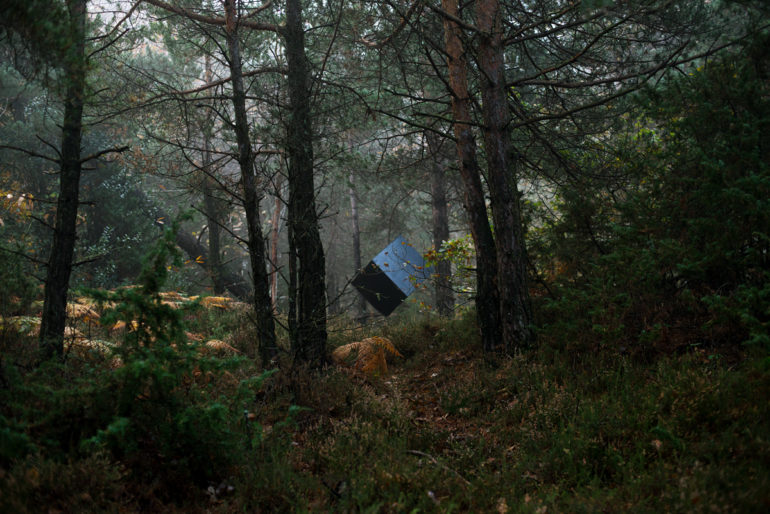
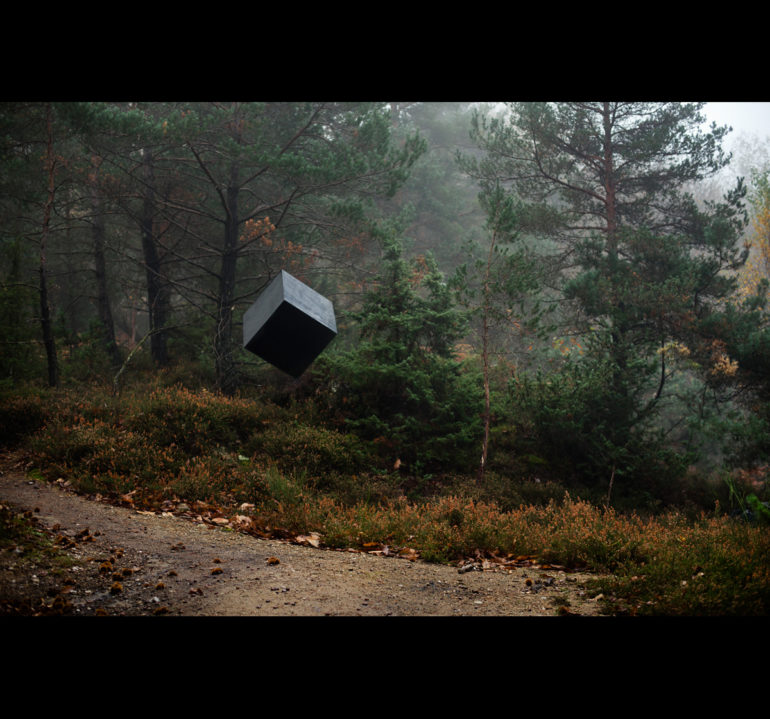
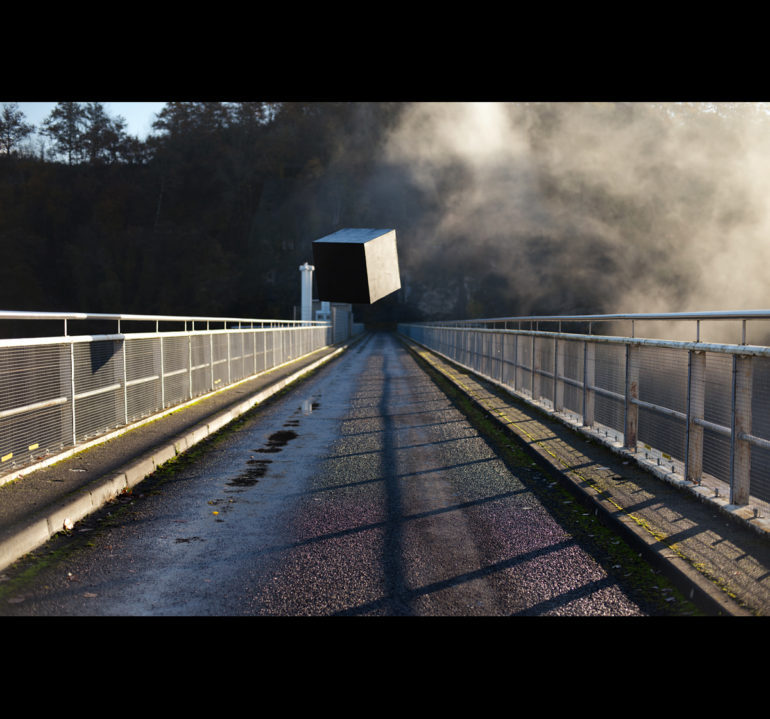
The black cube floats against woodlands, rivers, and empty spaces, and it can be puzzling to the viewer what its interaction with the scenery stands for. While the setting and mood are beautifully serene, this intriguing black cube takes center stage and demands attention. According to Julien, it represents his history and the child that he was, and allows him to “give back to the past what belongs to the past.” Surely, I can’t be the only one who wonders, was Julien throwing away his “box of memories” in these seemingly enchanted locations?
A couple of details for both installments of The Dead Zone on his Behance page also give it an extra dimension. First, each set comes with chilling instrumental music to complete and complement its enigmatic mood. Second, it’s partly inspired by an equally intriguing graphic novel entitled Fever in Ubricand, whose story revolves around a cube that grows and engulfs a city. Knowing this detail plays with the imagination to make it seem like the cube can grow and give his memories a new form.
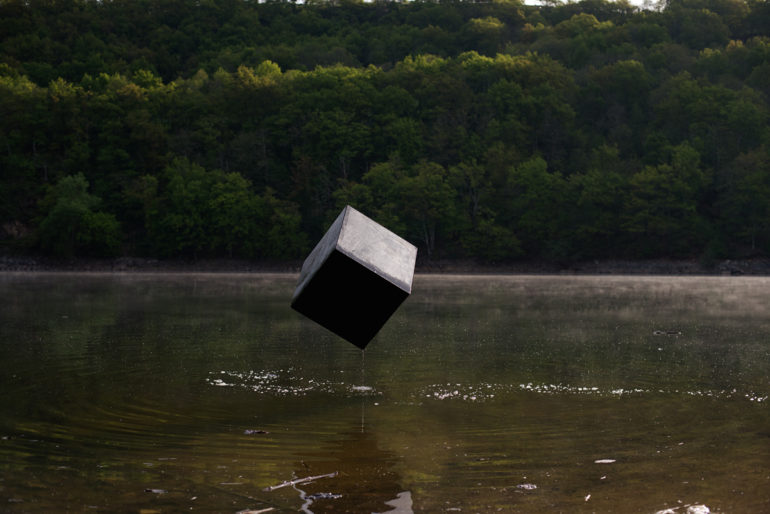
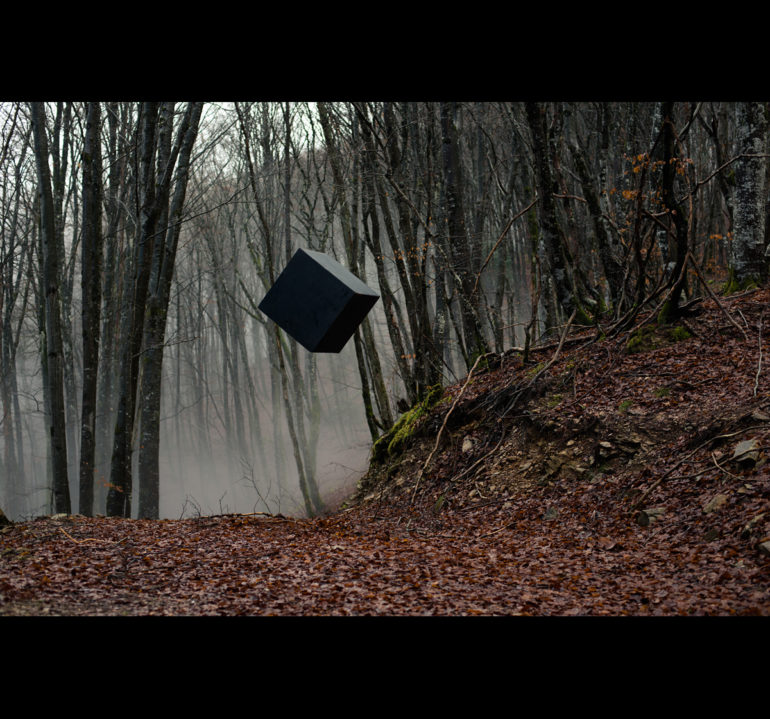
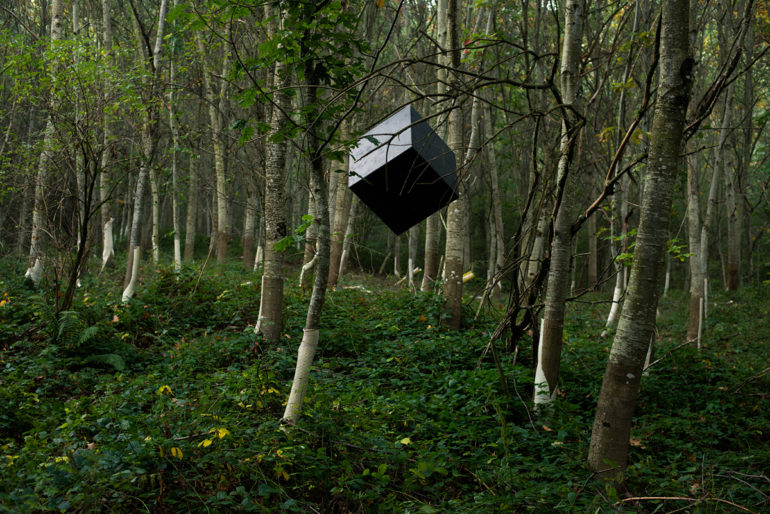
Regardless of interpretations, Julien’s emotive and enigmatic photography shines through in both installments of The Dead Zone, and offers an out-of-the-box approach to personal projects.
Visit Julien Coquentin’s Behance page to see The Dead Zone and The Dead Zone II in full and browse around his other works.


